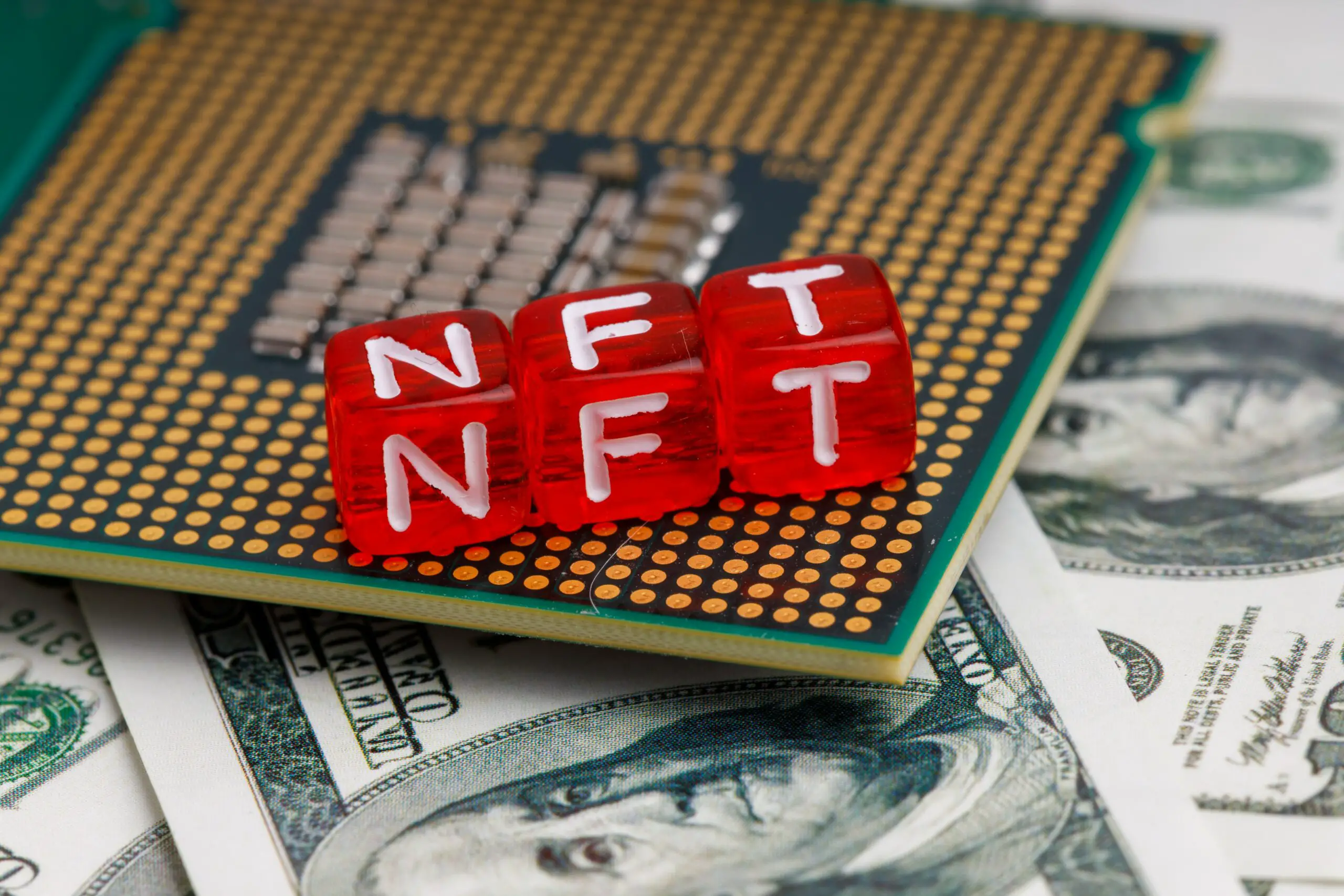NFT development is a hot topic for artists, collectors, and brands. Non-fungible tokens came into the limelight in 2021 when artists like Beeple fetched massive amounts from their artworks. Since then, many other projects have earned multibillion-dollar profits, making the sector more popular. However, the process of NFT development is challenging and requires one to understand the proper steps to follow. Suppose you find it difficult to wrap your head around the process. In that case, the best option is to hire an experienced NFT development company. Here, we dive deep into the steps to follow when developing NFTs.
Steps of NFT development
NFT token development is a procedure that can help brands and entrepreneurs to create and handle their non-fungible assets. Many want to understand how to mint and sell NFTs to earn money. Here are the steps to follow when developing NFT:
1. Determine your item’s format
The first step is determining the items you wish to change into NFTs. Ideally, you can turn any file into an NFT. Some options include pictures, music, video games, and bespoke paintings. Before you turn an item into an NFT, ensure that you own it. This helps you to avoid any legal battles with the owners of such things.
2. Select an NFT development network
Once you determine the item to convert into an NFT, the next step is identifying the blockchain network to use. A popular NFT network is Ethereum. However, Ethereum has various challenges, like transaction congestion and high gas fee. If you're concerned about these problems, you can choose Ethereum’s Layer 2 networks, such as Polygon. Also, there are other networks NFT development services can choose from, for example, Solana and Flow.
3. Establish your crypto wallet
NFT wallet development is a critical step to help you fund your project. The storage app allows you to keep and trade your assets. Some popular wallets include MetaMask, Coinbase, and Trust Wallet. After creating your wallet, you must load it with some digital currencies to enable you to create and sell your NFTs.
4. Choose an NFT marketplace.
Once your storage app is ready and has some cryptocurrency, you proceed to the NFT creation stage. For that to happen, you must identify a marketplace for your non-fungible tokens. Some popular marketplaces for NFT crypto development include Raible, OpenSea, Axie, and Nifty Gateway.
Each NFT marketplace has its unique features. So, it would help if you did some background research to enable you to pick the right platform for your NFTs. For example, OpenSea is the best marketplace for beginners.
Once you determine a marketplace, you should link it to your crypto storage app. This enables you to meet the necessary minting costs and keep any income from sales.
5. Mint your NFTs
After setting up your wallet and choosing a marketplace, you'll be ready to mint your NFTs. Your selected marketplace should highlight the steps to take during NFT development. The minting process will allow you to convert your file into a marketplace non-fungible token. You'll integrate essential details into your file, such as asset name, sign, and the total supply.
At this point, you should also integrate some essential functions into your NFTs, the ability to share and keep them.
6. Test your NFTs
It’s critical to test your assets to ensure that they’re free from errors and work as intended. There are multiple tools that non fungible token development services use to test assets. For example, rarity.tools are used to test the uniqueness of your assets.
7. List your NFT for sale
A vital process in NFT development entails listing your assets for sale. Before you list your NFTs, you need to determine how to monetize them. Here are the techniques for determining the sale price
- Fixed price: a fixed price enables a potential buyer to purchase your asset at the set value.
- Create a time auction: this form of auction allows eligible buyers a time limit to hand in their final bid.
- Unlimited auction: here, you don’t set a time limit. So, you’re the one to determine when to end the auction process.
8. Market your NFTs
Listing the NFTs on a marketplace marks the beginning of a critical process: NFT marketing. Promoting your NFTs helps in popularizing them with your target audiences. For effective marketing, you should take the following steps:
- Create a community: a community is a vital component of your marketing plan. An engaged community generates value for your project. Also, community members can help you promote your NFTs if you incentivize them with airdrops and giveaways.
- Create and distribute a press release: an experienced NFT development firm can help you create and publish a release about your NFT.
- Develop a professional website: a professional website provides visitors to your project with essential information about your NFTs. So, you need to ensure that the website looks fantastic and is easy to navigate. You can also prompt people to sign up and provide their contacts for further follow-ups.
Final words
Developing NFTs is a popular approach you can use to earn from your digital assets. The steps elaborated here can help you create your NFTs and market them to the target audience. If you lack time to develop your collections, you should hire an NFT development company to help you.

